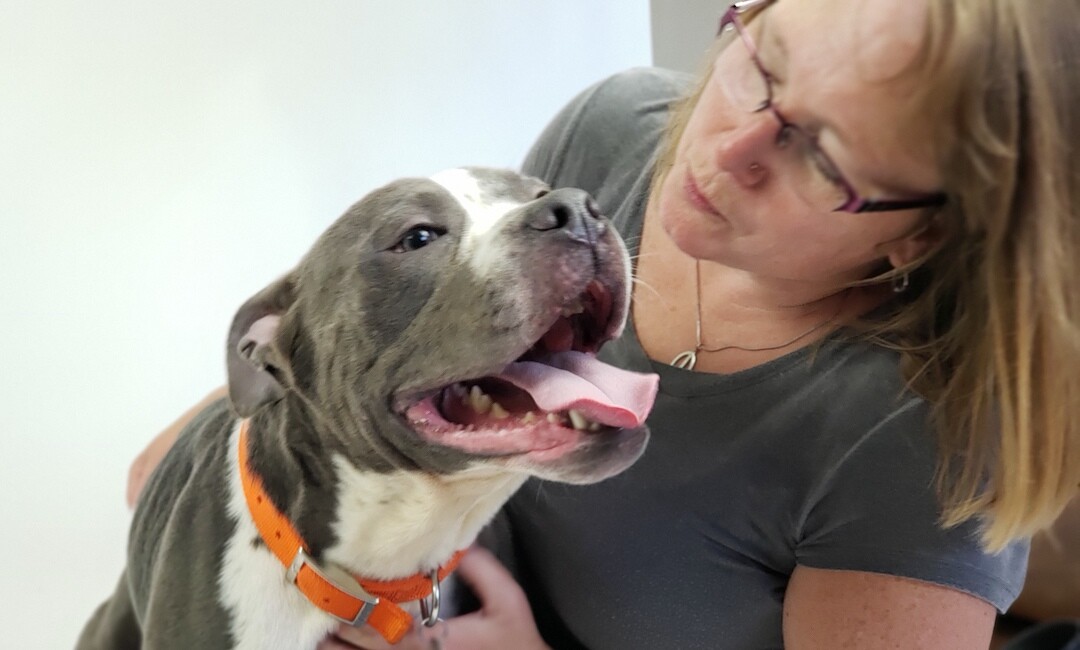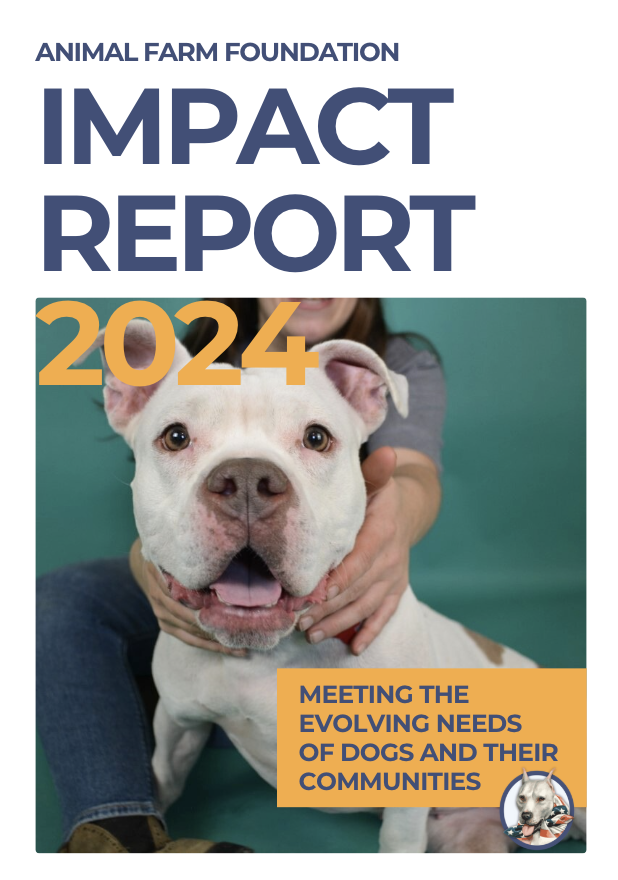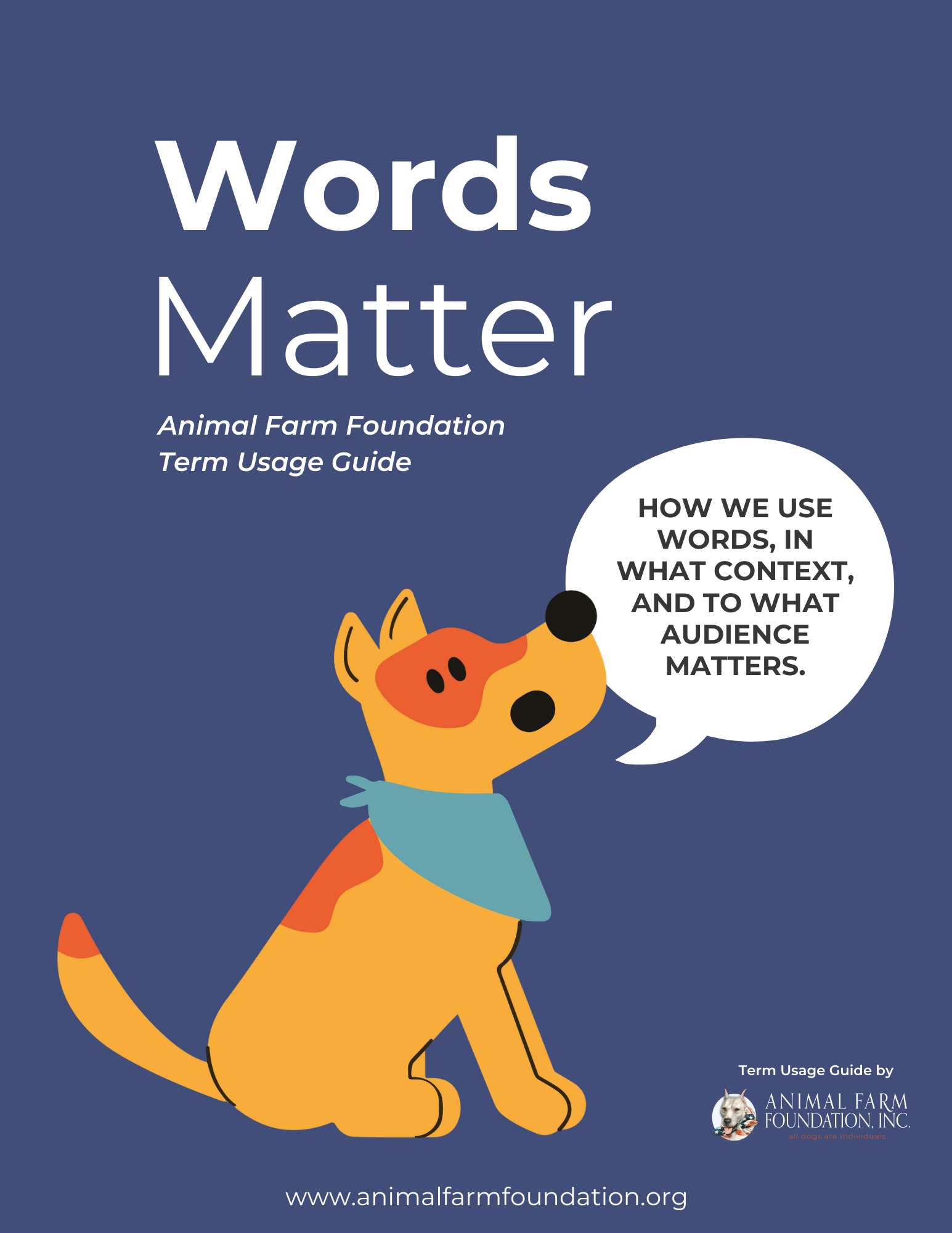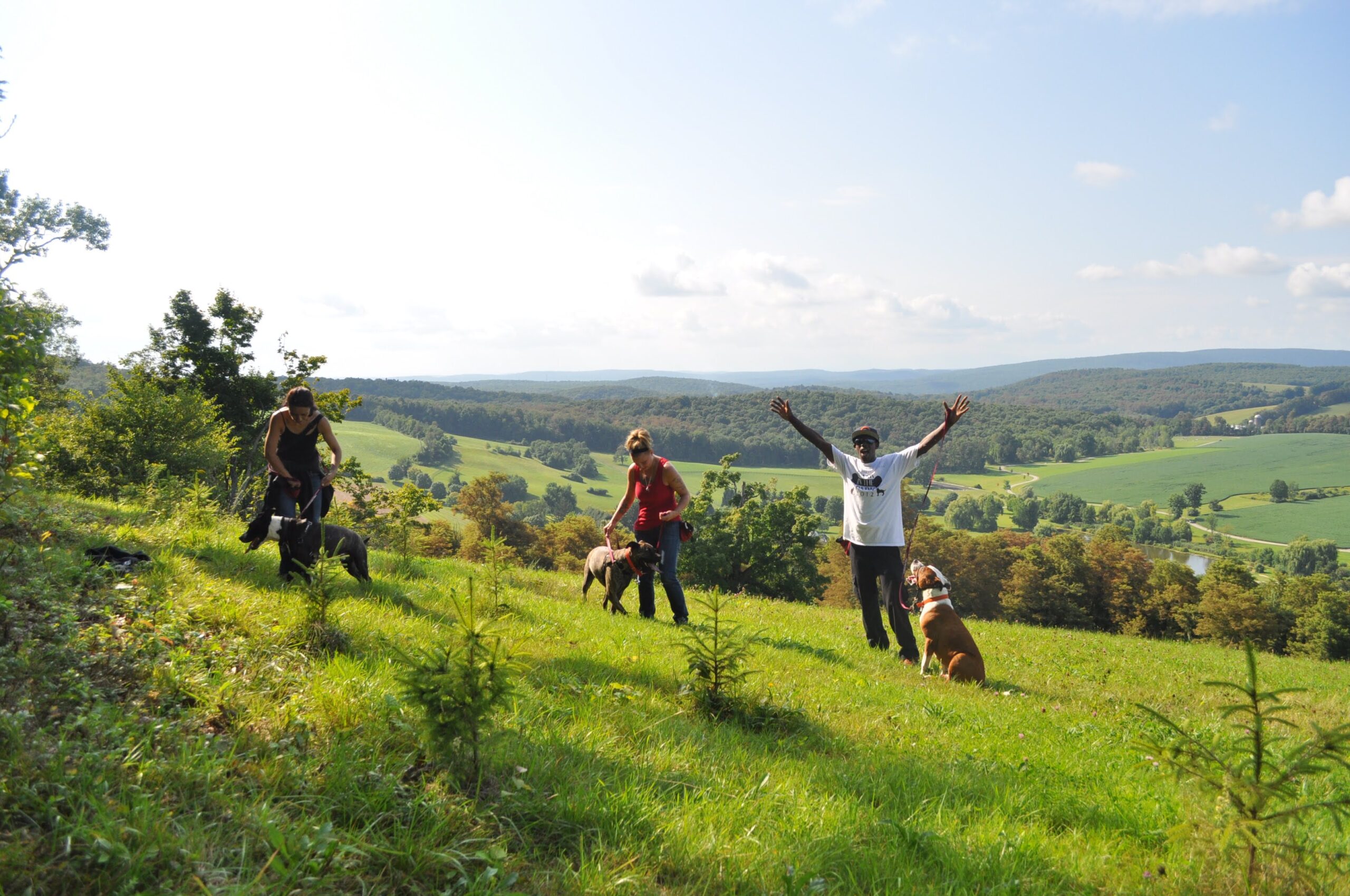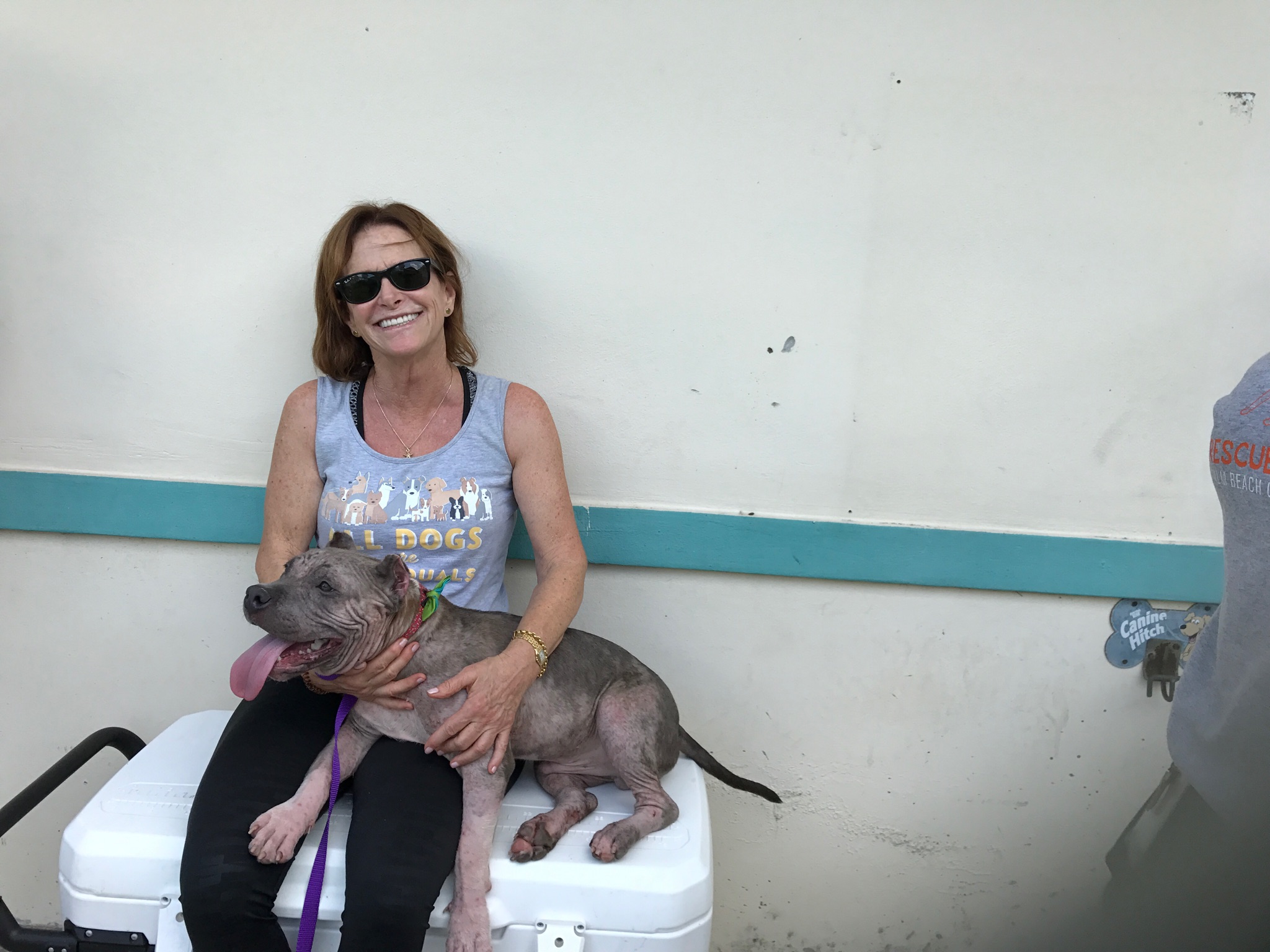Police in Gallatin, Missouri are using a dog breed facial recognition app to identify whether or not a dog is a “pit bull” or a rottweiler. Officers seized two dogs recently after the app identified them as “pit bull” dogs – but here’s the thing, the app also identified them as other breed mixes when the dogs were re-scanned.
An app created for entertainment purposes is being used by a local government to identify which dogs fall under their breed ban and then remove from the city limits or euthanize them.
Let’s say that again, family dogs will be euthanized because police are using an app that essentially amounts to a game of Guess Who.
KCTV5 reported on this story and here’s what the app found one of the dogs, Gemma, to be:
“Gemma’s puppy photo predicts Great Dane. A more recent photo says she’s a Labrador. The day KCTV5 went to Gallatin they met Gemma’s puppies in the front yard. The app predicted the puppies were anything from border collies, pointers and box terriers.”
The dogs’ veterinarian thinks Gemma and her puppies have Great Pyrenees in them, but according to the article, this is still only a visually based assumption and not a fact. It’s guesswork, which science shows all visual identification to be.
Several studies, including a 2009 study by Victoria Voith, have shown that animal welfare professionals are wrong more often than not about a dog’s breed or breed mix. Not only that, the participants rarely agreed on a dog’s genetic make-up.
The app’s creator, Kai Lubke, says it’s 90% accurate, but also states that it was not intended for this use. As to his claim of accuracy, KCTV5 appears to have not asked Lubke to provide research that backs this up. They seem to have taken his word for it.
We aren’t surprised that Lubke didn’t provide any scientific data to verify his claim. It flat-out doesn’t exist.
Some of you may be thinking that an app would have less margin for error than the human eye. Facial recognition has come a long way, and we can’t deny that. However, the developer’s reaction to the news that his app is being used to enforce breed-specific legislation quashes the idea that the app is reliable.
Much to the Lubke’s credit, his company wants nothing to do with breed-specific legislation and have publicly denounced Gallatin’s usage of their product.
The software company released a statement on Facebook that said, in part:
“In such critical situations you have to be really sure about the result and even though our app is the most accurate one available, it is simply impossible to give a proof on that. Thus, we refuse the usage of the app.”
This statement didn’t make it into the article, but the developers clearly state in this statement that they cannot verify the accuracy of their visual identification.
KCTV5 makes it own vague claim:
“As part of KCTV5’s investigation team’s research, the pets around the station were scanned, and the app was fairly accurate.”
“As part of KCTV5’s investigation team’s research, the pets around the station were scanned, and the app was fairly accurate.”
The article never explains what their research consisted of. Did they simply point their camera at some dogs and check one photo of each? Or did they check multiple photos? Regardless, how did they determine these results were accurate? Were all dogs DNA tested? How many of these dogs are purebred? How many are mixed breeds?
There’s no information here and we are left with what is likely a hefty dose of confirmation bias.
To make sure we weren’t suffering from a case of confirmation bias ourselves, we ran pictures of some dogs through the app. You can find those results at the bottom of this article. But first, let’s talk about the real problem here.
BSL IS BULLSHIT LEGISLATION
We know some of you don’t need to read this. We know those of you who’ve been around here long enough are aware that breed-specific legislation doesn’t keep communities safe and, like visual identification, doesn’t have any scientific ground to stand on.
We know that looks don’t equal behavior, not even for purebred dogs – we did a great podcast with veterinary geneticist Jessica Hekman on this subject. Less than 1% of a dog’s genes determine physical appearance. Given that, it’s absolutely absurd to deem a dog dangerous based on how it looks.
Yet, breed-specific legislation is enforced through visual identification, which is unreliable and also not a predictor of behavior. But, again, even if a dog’s DNA revealed it to be a purebred dog or a dog with genes from verified breeds, it still doesn’t prove that a dog is inherently dangerous.
That’s because no dog breed is inherently dangerous. There are a multitude of factors that play into dog-bite related incidents, which are often the impetus for breed-specific legislation. Breed isn’t one of them.
If governments really want to keep their citizens safe, they’d focus on breed-neutral regulations that encompassed responsible dog ownership, provide outreach and services to dog owners, and view each dog as an individual.
BACK TO THE APP
HASHTAG
Based on his photo, Dog Scanner identified Hashtag as 29% Lancashire Heeler and 29% Australian Cattle Dog, with a few other breeds in the mix.
Hashtag’s actual DNA results say that the pup is 37% Labrador with an equal number of 4 other breeds and then a catch-all 12.5% of “mixed breed groups.”




JAMERSON
We ran Jamerson through the app twice with two different photos. The results were wildly different, with one of the results likely to land him on a breed ban list.
The first visual identification labeled him a Dachshund, Plott Hound, and Basset Hound.
The second photo resulted in the label of Tosa Inu, a Japanese dog that’s often subjected to breed bans. The app also labeled him as a Rhodesian Ridgeback, Plott Hound, and Rottweiler.
Plott hound appears with both photos in Dog Scanner, but there’s no Plott Hound in Jamerson’s DNA. His parents were an American Staffordshire Terrier and a Beagle/Maltese mix.






JUNO
Juno is one gorgeous dog. Instinctively, we’d all probably guess that she’s a Belgian Malinois. That’s what Dog Scanner guessed. Their recognition software guessed she was 60% Malinois and and 39% Dutch Shepherd.
Her DNA shows that the app’s guess isn’t accurate. She’s 50% “American Pit Bull Terrier” and 50% German Shepherd.
So much for this app being correct 90% of the time.





